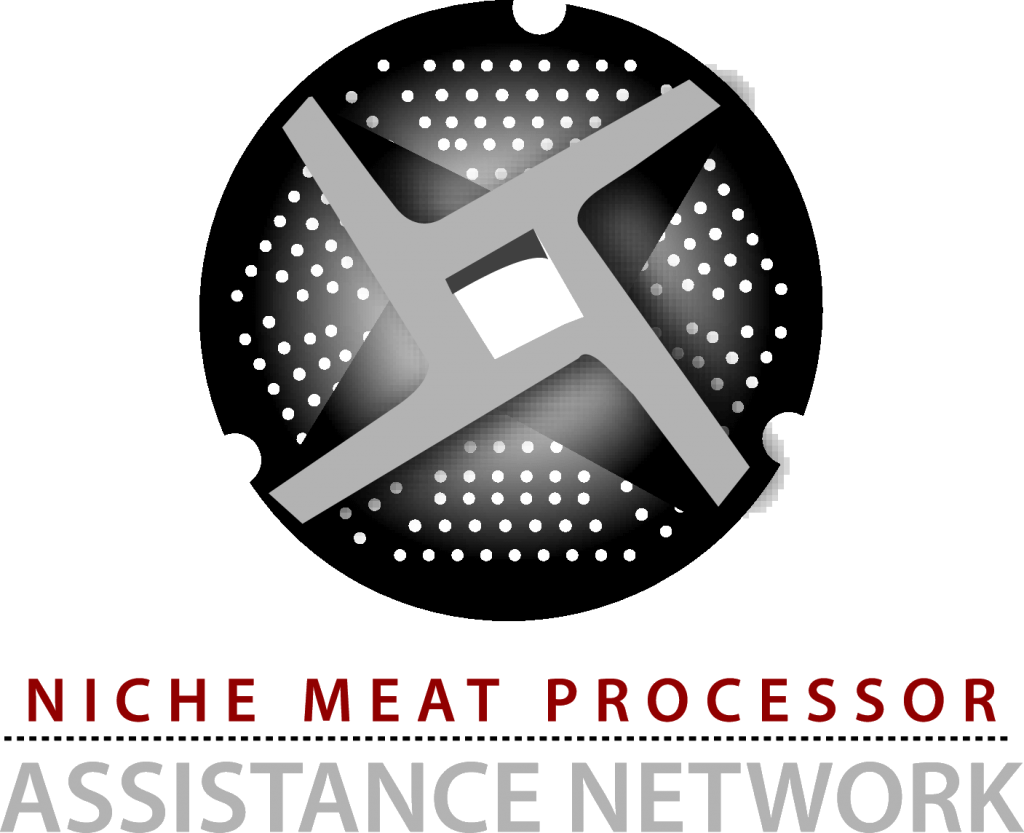cost estimates for the mobile units & stationary fabrication facility
This article is a sub-article of the larger article Mobile Slaughter Unit Costs and Revenues: Projections from Nevada. Excerpted with permission from Curtis, K. R.*, M. Cowee, A. Acosta, W. Hu, S. Lewis, T. Harris. 2007. Locally Produced Livestock Processing and Marketing Feasibility Assessment. Technical Report UCED 2006/07-13: University Center for Economic Development, Department of […]
cost estimates for the mobile units & stationary fabrication facility Read More »


